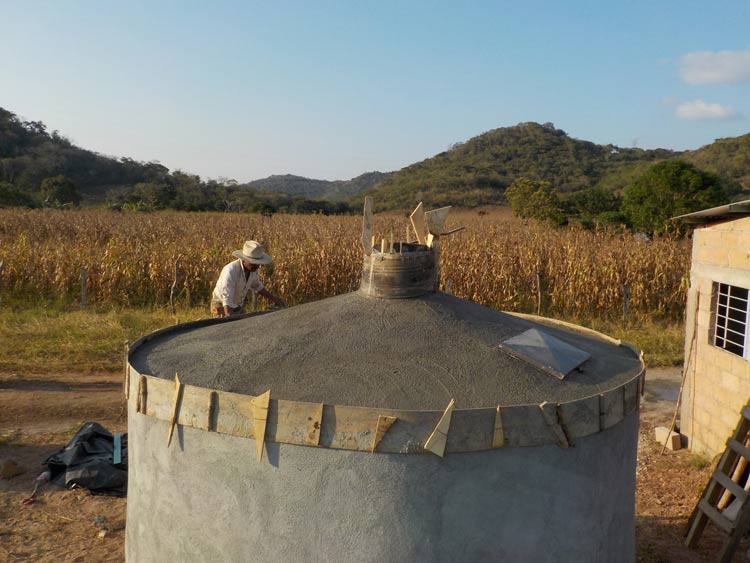The San Jorge community comprises 135 inhabitants. It is situated 5 km from El AguaceroNational Park, which forms a biological corridor with El Ocote Biosphere Reserve (REBISO). As the heartland of the Zoque people, it is an area of historical significance. The population of San Jorge was formed by migration from other regions around the Tzotzil Maya area and Central Chiapas. People in San Jorge are farmers. Alex, who lives there, tells his personal story — his father taught him the agricultural practices which he labels “traditional”: “My father and grandfather worked the land like our ancestors, everything was done by hand; I remember accompanying my grandfather for the milpa sowing(an agro-ecosystem associating maize, beans, squash and chillies — among others), I was very happy to go with him.” His house is not big, it is made of earth, the roof is metal sheets, there’s no electricity or running water; they must buy water twice a month to survive. San Jorge usually has four months of drought, until the rains arrive in May. Milpa sowing starts about two weeks after the first rains have come. Alex speaks on: “I started working the land at the age of six, my father showed ne which plants to retain for milpa. We used to sow maize, beans and squash. We knew every variety of maize: sakil ixim (white), ik’al ixim (black), k’anal ixim (yellow), tzajal ixim (red) and pinto.My grandfather taught me what to say during the ceremonies, he taught me the traditions and things about herbal plants; he also showed me the plants that grow with milpa and constitute our diet: yerbamora, bledo, nabo.”But today the methods have changed. Since the 1980s the use of agrochemical products has been common practice for many Chiapan farmers. The population of San Jorge must face other problems: their income is low, as is the level of schooling. There is no running water or electricity. There is little formal education. Family farmers form the bulk of the population. Most cultivate milpa. Some families raise chickens or turkeys. There is at present a real need to associate all the residents of the community in a project promoting the development of ecological agriculture on the basis of collective participation.

